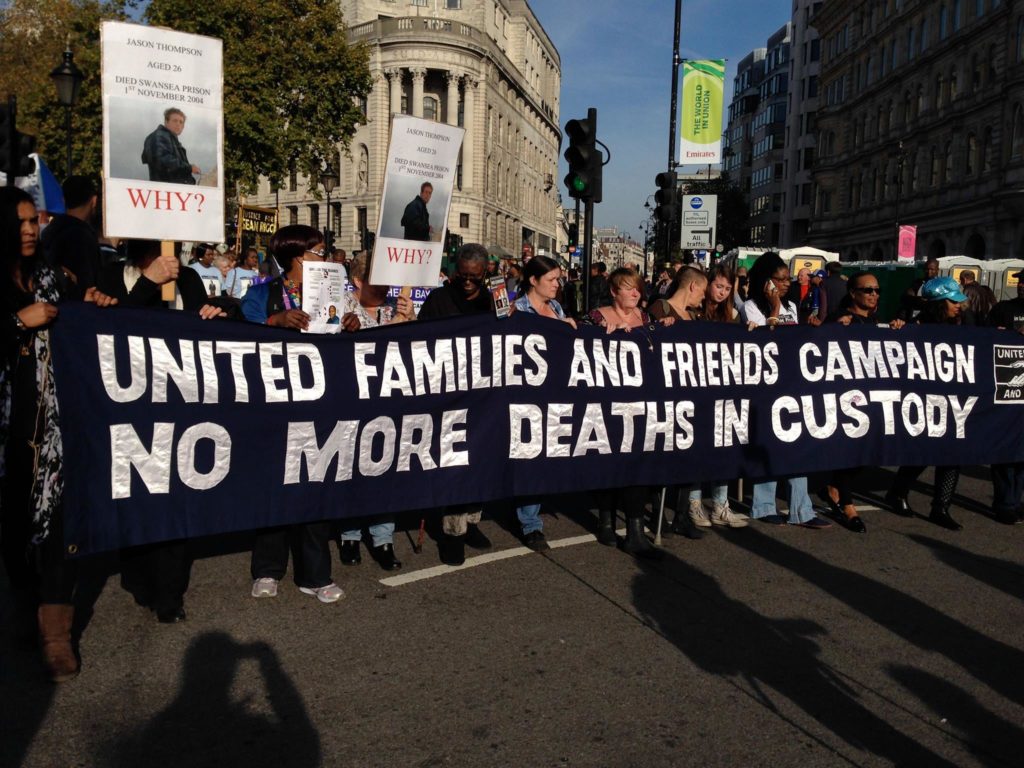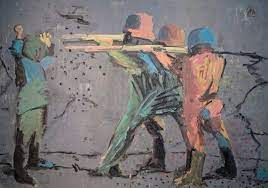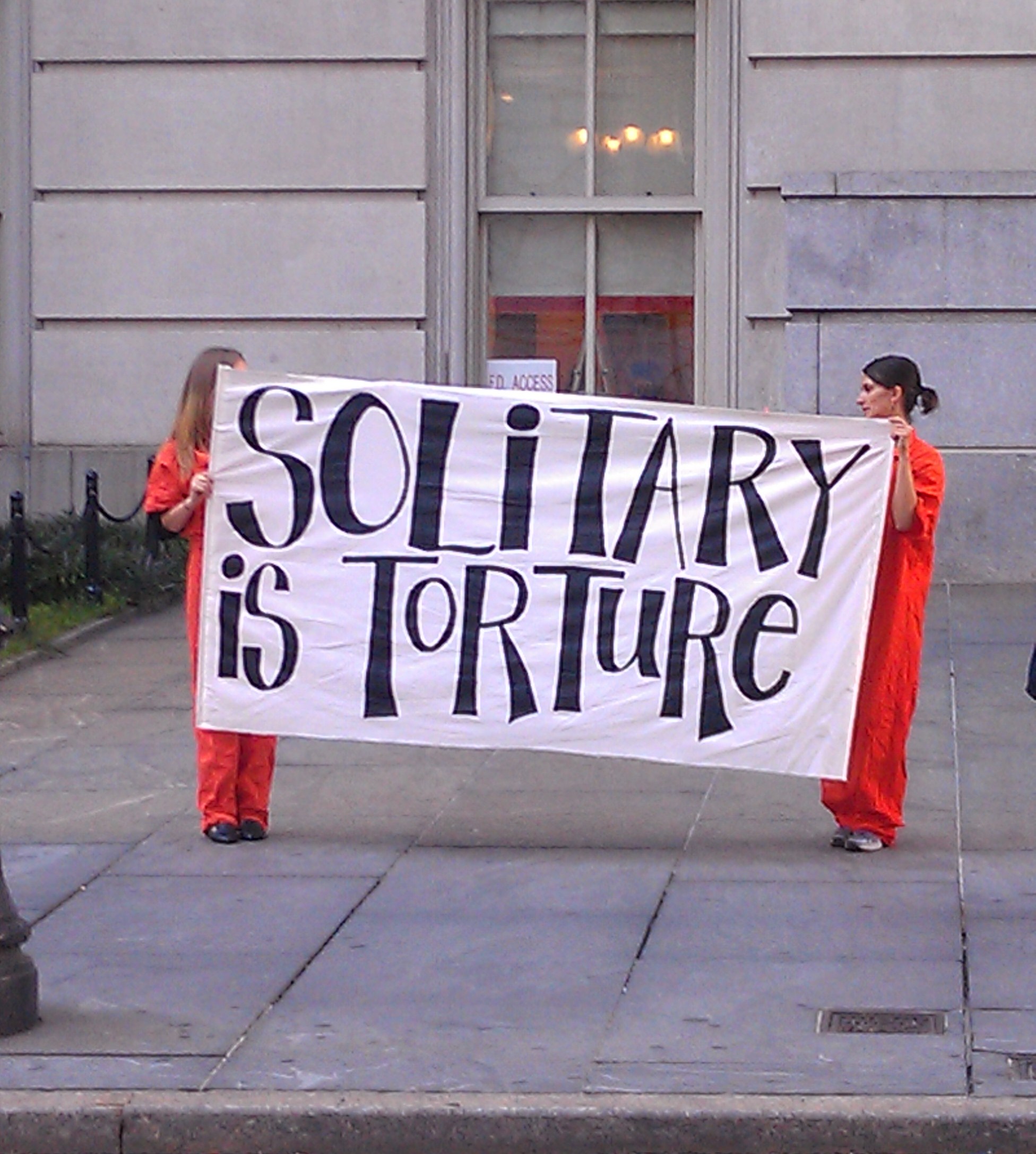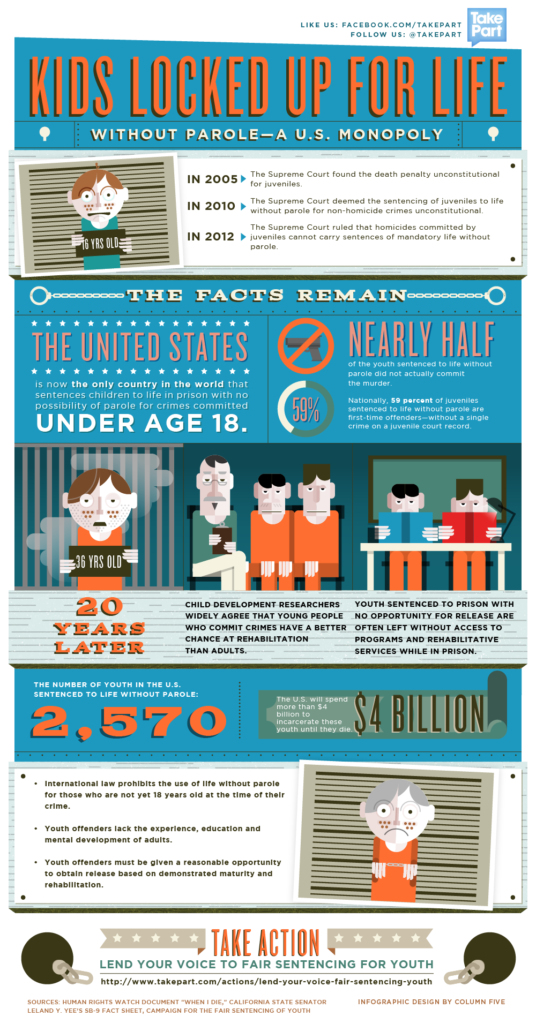
Last week, the Institute of Race Relations launched Dying for Justice, an account of Black and Minority Ethnic persons’ suspicious deaths in custody between 1991 and 2014: 509 dead; 0 convictions. The geography of suspicious deaths is 348 in prison; 137 in police custody; 24 in immigration detention. “Only two people have died following restraint in the deportation process itself in the UK, the first was Joy Gardner in 1993, the second Jimmy Mubenga in October 2010.” Only two? This is the story of Joy Gardner.
“Gardner died four days after going into a coma following a deportation raid. During the raid, an immigration official and five metropolitan police officers gagged her with thirteen feet of adhesive tape and applied a body belt and handcuffs. She had come to the UK in 1987 on a six-month tourist visa, and given birth to a son. In 1990 when she married, she applied to regularise her stay on compassionate grounds, but was refused.
A deportation order was issued in 1992 but she was not located. Then, in 1993, when she had been, her lawyer was told of her proposed deportation in two letters dated 26 and 27 July. On 28 July, before the letters had even been opened or Joy had any idea of what was planned, three police officers (from the alien deportation Group/ So1(3)), two uniformed local police officers and an immigration officer called early in the morning at her home in Crouch End to put her and her son on a 3pm flight to Jamaica. A struggle ensued, part of which was witnessed by her son. Joy apparently removed her t-shirt and began shouting that she would rather die than go back, and was shoved to the floor where the two local police officers sat across her legs, the female ADG officer across her midriff and another near her head. One of the ADG officers placed the body belt around her waist, her wrists were secured to the handcuffs which were in turn secured to the body belt. Her ankles and thighs were further bound with two leather belts. Thirteen feet of elastic adhesive bandage were then wrapped around Joy’s head and across her mouth as she was ‘still shouting or screaming’ … A post-mortem ordered by Joy’s mother found that she had died as a result of oxygen starvation. Other post-mortems also found that the lack of oxygen in combination with being gagged led to her death.”
Three officers were charged with manslaughter. In 1995, all were cleared.
Joy Gardner’s mother, Myrna Simpson, has campaigned ever since to secure something like justice. She describes going into the hospital to see her dead daughter: “I asked one officer there ‘Why didn’t you all get her solicitors? Why did you do her bad? She’s not a criminal, she’s not done any crime. She’s a mother of two children. Why did you do that?’ I spoke and said I wouldn’t like it to happen to no one else but police is killing people and more so black people … we are not bad people. I’ve come to this country and I’ve worked in this country, myself, my husband, my brothers, my sisters. My father came to this country and we build up this country. We have worked hard to make this country what it is today. We are the ones who have worked and built up this country to what it is so that people can come here and be free in this country. I am now a pensioner. I came here when my first born was in this country and I’ve worked hard in this country and I’ve not got in trouble with the law and I’ve abided by the law of this country and they’ve killed my daughter. They have taken my daughter from me, my first child that I had. The most time I had with her was when she came to this country because I left her in Jamaica to go to send back for her, but things didn’t work out the way I’d planned it because things were very cheap then. Labour was cheap, we was cheap labourers and we laboured from eight o’clock in the morning until six o’clock in the evening. On Saturday we went to work as well until one o’clock just to make up the money maybe for five or six pounds a week and we had to work and sacrifice ourselves and still there’s no justice. But we need justice for our children, our grandchildren and our great-grandchildren.”
Joy Gardner, 1993; Jimmy Mubenga, 2010; Christine Case, 2014. How many more Black women and men will have to die for justice?
(Photo Credit: https://stopdeportations.wordpress.com/jamaica/)







_LRG.jpg)